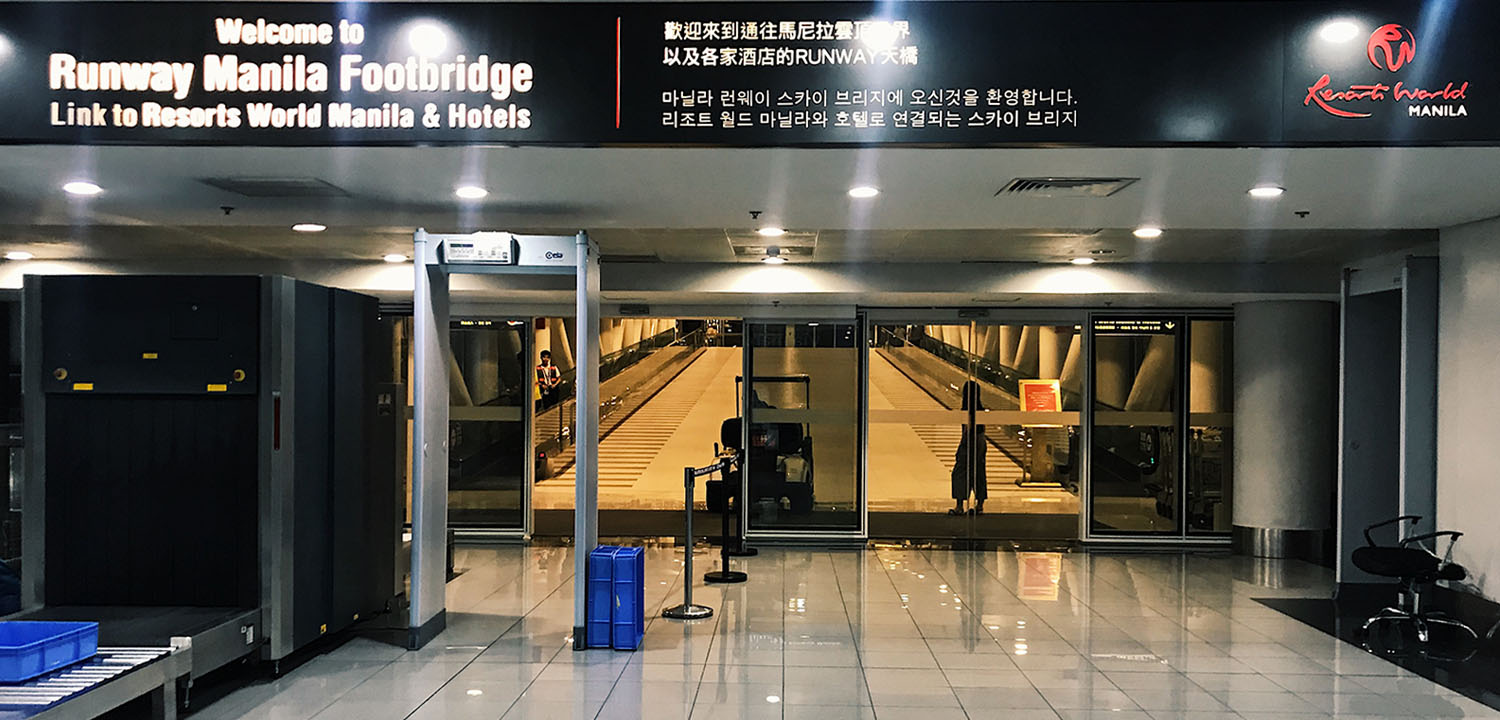G.R. No. 199666, October 07, 2019
DOCTRINE:
The perceived single violation by CASTEA when weighed against its substantial compliance of the other “conditions” or prestations of the donation and the avowed purpose of the donation is, as it should be, considered insignificant to trigger the application of the automatic revocation clause.
FACTS:
In 1966, the Local Government of the Province of Camarines Sur thru then Governor Apolonio G. Maleniza donated a property covered by OCT No. 22 with an approximate area of Six Hundred (600) square meters to the Camarines Sur Teachers’ Association, Inc. (CASTEA) by virtue of the Deed of Donation Inter Vivos executed by the parties.
The condition of this donation is that the DONEE shall use the the land for no other purpose except the construction of its building to be used by Camarines Sur Teachers’ Association, Inc., in connection with its functions under its charter and by-laws. Provided that the DONEE shall not sell, mortgage or [e]ncumber the property herein donated including any and all improvements thereon in favor of any party and that the construction of the building shall be commenced within a period of one (1) year from and after the execution of this donation, otherwise, the donation shall be deemed automatically revoked.
In 2007, the Province executed a Deed of Revocation of Donation thru Governor Luis Raymund F. Villafuerte, Jr. and served a copy thereof to [CASTEA]. The Province’s claim of possession is based on the assertion that CASTEA had violated the condition which triggered an automatic reversion of ownership thereof. In 2008, it filed a case for Unlawful Detainer against CASTEA.
The disputed breach emanates from the 20-year lease between CASTEA and Bodega Glassware, which CASTEA executed on September 29, 199571 or 29 years after the Deed of Donation that the Province executed on September 28, 1966.
CASTEA maintains that it is still the owner of the donated property and posits that the revocation of the donation is not valid, and the action therefor has prescribed. It argues that its act of leasing out to Bodega Glassware portion of the building it constructed on the donated property does not constitute selling, mortgaging or encumbering the donated property or any improvements thereof.
ISSUES:
1. What kind of donation is involved?
2. Is the automatic revocation clause in the donation valid?
3. May Article 1191 of the Civil Code be applied to determine the propriety of the rescission or resolution of the donation in case of non-compliance with its conditions?
4. Whether CASTEA’s breach of the Deed of Donation, if any, warrants the automatic revocation of the donation
HELD:
1. The donation is both modal and onerous.
Justice Eduardo P. Caguioa expounded on the different classifications of donations, viz.: According to its effects[,] donation may be classified into –
- Pure – Pure donations are those not subject to any future and uncertain event nor to a period.
- Conditional – Conditional donations are those subject to a future and uncertain event which may either be suspensive or resolutory.
- with a term – Donations with a term are those whose demandability [or termination] depends on the arrival of a term which may also be either suspensive or resolutory.
- Onerous. – Onerous donations are those where a burden inferior in value to the property donated is imposed on the donee.
This kind of donations includes those
- improper donations where a burden equal in value to the property donated is imposed;
- mixed donations. Mixed donation (negotium mixtum cum donatione) is one which contains an onerous transaction, e.g., a sale of a thing for a price lower than its value, made in the nature of a semi-donation.
- Modal donations. Modal donation is one which imposes on the donee a prestation.
In this connection the explanation of modal institution in succession provided in Article 882 is applicable. The prestation imposed on the donee may either be a burden or charge inferior in value to the property donated or services to be performed in the future. (Emphasis and underscoring supplied)
From an obligation point of view, there are two prestations imposed on CASTEA. One is to do, which is to use the donated property for the purpose intended and to construct the required building, and the other is not to do, which is not to sell, mortgage or encumber it to any person.
- The prestation to construct a building is undoubtedly modal in nature as it imposed a prestation or obligation on CASTEA. Thus, the donation to CASTEA can properly be classified as a modal donation (because of CASTEA’s obligation to construct the required building) with a prestation not to alienate/encumber and an automatic revocation clause.
- The donation may also be classified as an onerous donation because there is a burden imposed on the donee in the absence of proof that the burden or charge (cost of the building) is superior or greater than the value of the donated 600 square meters lot at the time of the donation in September 1966.
Whether the donation in question is classified as modal or onerous, there is no doubt that the rules governing contracts should prevail in the interpretation of the Deed of Donation pursuant to Articles 732 and 733 of the Civil Code.
2. YES.
Yes, automatic revocation clause is valid under the Principle of autonomy of contracts. Article 1306 of the Civil Code allows the parties “to establish such stipulations, clauses, terms and conditions as they may deem convenient, provided they are not contrary to law, morals, good customs, public order or public policy.” In contracts law, parties may agree to give one or both of them the right to rescind a contract unilaterally.
While the legality of automatic revocation or rescission clauses in deeds of donation has been upheld, the courts are not precluded from determining whether their application or enforcement by the donors concerned are proper if the donees contest the revocation or rescission. If the court sustains its propriety, the court’s decision is not the act that revokes the donation but would be merely declaratory of the validity of the revocation.
3. Yes, Article 1191 is applicable. While Article 1191 applies to reciprocal obligations and donation essentially involves a unilateral act and there is an express revocation clause in the Deed of Donation, Article 1191 is nevertheless relevant in the determination of the nature of the breach or violation of the obligation that will justify its rescission.
The general rule is that rescission will not be permitted for a slight or casual breach of the contract, but only for such breaches as are so substantial and fundamental as to defeat the object of the parties in making the agreement.
4. In Article 764 of the Civil Code, which provides:
ART. 764. The donation shall be revoked at the instance of the donor, when the donee fails to comply with any of the conditions which the former imposed upon the latter.
In this case, the property donated shall be returned to the donor, the alienations made by the donee and the mortgages imposed thereon by him being void, with the limitations established, with regard to third persons, by the Mortgage Law and the Land Registration Laws.
This action shall prescribe after four years from the non-compliance with the condition, may be transmitted to the heirs of the donor, and may be exercised against the donee’s heirs. (647a)
When the law states “when the donee fails to comply with any of the conditions” it implies that all the conditions or charges imposed must be complied with.
Article 764 and the pertinent provisions on obligations and contracts, the Court takes the position that the violation of CASTEA in entering into the 20-year lease with Bodega Glassware should not be taken in isolation with the other prestations and conditions in the Deed of Donation, especially the purpose of the donation. While under Article 764, a single violation or non-fulfillment is sufficient to revoke a donation based on the phrase “any of the conditions,” its application must be circumscribed within the rules on obligations and contracts wherein substantial and fundamental breach as to defeat the object of the parties in making the agreement and substantial compliance are given due recognition and importance. Thus, a blind literal application of Article 764 without due consideration and regard to the peculiar circumstances of the donation at issue, bearing in mind the specific intention or purpose of the donor vis-a-vis the tangible benefits of the donation to the donee, is not adopted, bearing in mind the harshness of the consequence of revocation.
Thus, the perceived single violation by CASTEA when weighed against its substantial compliance of the other “conditions” or prestations of the donation and the avowed purpose of the donation is, as it should be, considered insignificant to trigger the application of the automatic revocation clause.
It is not disputed that CASTEA fully complied with its prestation to do: the building which it agreed to put up was constructed by CASTEA within the one-year period provided in the Deed of Donation. Avowedly the construction of the intended building is the major consideration of the donation. In fine, the revocation of the Deed of Donation by the Province is improper and lacks legal basis. However, given that CASTEA disregarded the provision of the Deed of Donation not to encumber the donated property, the Court awards nominal damages in favor of the Province in an amount equal to one half of the total rentals that CASTEA received from Bodega Glassware.




